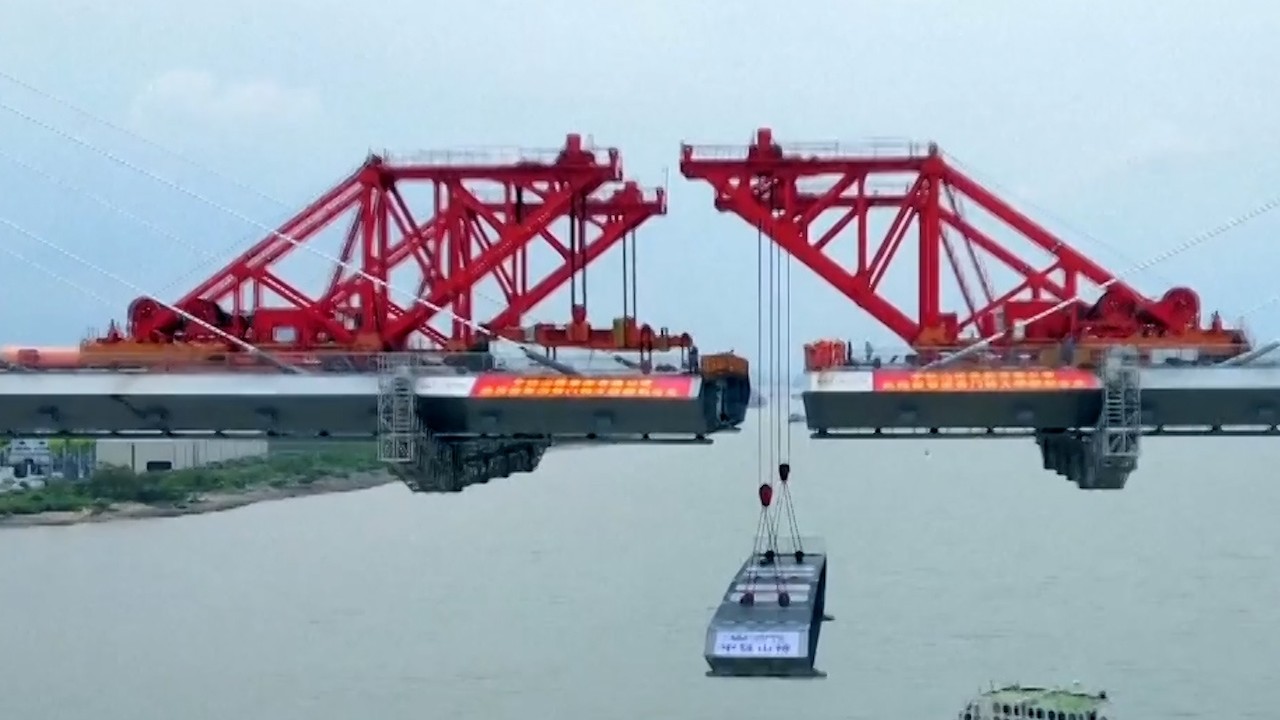
As US-led tech war heats up, connectivity is key to Beijing’s innovation ambitions
- The capital city must improve its coordination with nearby Tianjin and Hebei, and look to the Greater Bay Area tech cluster for lessons
- China must also establish outposts of innovation in friendly – or at least not so hostile – countries such as Singapore and South Korea
The US is ahead in innovation, although China boasts of two tech hubs ranked higher than Silicon Valley – why?
Both countries have 21 tech clusters each in the top 100. Perhaps the American clusters deliver better results collectively. For example, the constituents of the two innovation belts on the US coasts – from Seattle to San Diego, and from Boston to Baltimore – may interact better with each other. China’s supercorridor of innovation hubs, centred in Shanghai-Suzhou, extending to Nanjing and Hangzhou on the two wings, may collaborate less effectively.
The preponderance of top universities in Beijing is a double-edged sword. There is perhaps no higher concentration of universities in the world than in Beijing’s Haidian district, where Zhongguancun is. But there is no more room to grow there.
The strategy for the Beijing International Science and Technology Innovation Centre is mainly based on satellite developments on the city’s fringes. These planned “towns” have their advantages but do not offer tight coupling with the social networks of the core innovation centre.
The economic rejuvenation in some parts of the highly urbanised Greater Bay Area has often been enabled by redevelopment. Beijing may draw similar lessons. As the capital city is vast, the temptation is to expand towards its fringe. However, more daunting urban renewal in Haidian may be more effective.
While several universities have expanded their campuses to Beijing’s outlying areas or Xiongan, a more effective approach in some cases would be a genuine relocation that frees up land for redevelopment.
For example, the Korea Advanced Institute of Science and Technology (KAIST), seen as South Korea’s MIT, is mainly located in Daejeon – which could be a role model for Xiongan – less than an hour from Seoul.
The relocation of some universities away from Beijing, rather than a half-hearted expansion into satellite locations, would provide the needed impetus for the rise of Xiongan as a complementary tech centre in the Beijing-centred Tianjin-Xiongan innovation corridor.
Strict city planning could limit Xiongan’s growth before it begins
Innovation in Beijing and Tianjin are not better coupled, despite the short high-speed train connection, partly because the train terminal to Tianjin is in the wrong location – the Beijing South railway station is about 7.5km from central Beijing. If there were a direct high-speed train connection from Tianjin to near Haidian, such as the Qinghe or Beijing North railway stations, the innovation collaboration would be markedly different.
Likewise, greater coordination among the key innovation hubs in the Yangtze River Delta is important in maximising their effectiveness.
China must be realistic about competing on its own against the constellation of advanced Western economies. No matter how successful Beijing and Hong Kong may be in drawing international talent, such initiatives are far from enough.
China must establish outposts of innovation in friendly – or at least, not so hostile – countries, such as Singapore and South Korea. Some talent, including people of Chinese origin, may be willing to work for China but not on the mainland.
Winston Mok, a private investor, was previously a private equity investor



